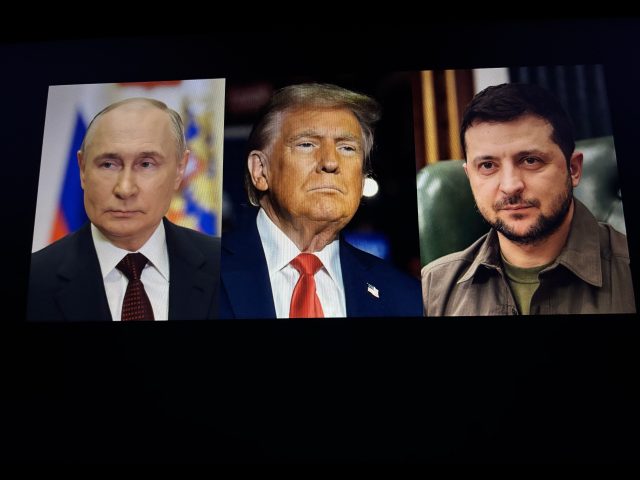
On 12 May, a few days after his election to the papal throne, the new Pope Leo XIV met with international media representatives urging them to be true peacemakers in their work: ‘let us disarm the words and help disarm the earth’, said the Pontiff. At the same time, news was spread of a telephone conversation between the Holy Father and Ukrainian Prime Minister Zelensky, which allegedly focused on the need to achieve a just peace for Kiev, as well as the release of prisoners and the return of Ukrainian children deported to Russia. On this matter, Zelensky is also said to have asked for the direct help of Vatican diplomacy to open a channel and allow the return. Similarly, the premier is said to have explained to the Pontiff the terms of the 30-day ceasefire, as well as reiterating Kiev’s absolute willingness to continue with negotiations in any form, even direct talks. This is not just a ritual dialogue, especially if we place it within the international dynamics that are unravelling in these hours and that could – in the coming days, or more likely in the coming weeks – write a new chapter in the history of the conflict between Russia and Ukraine.
THE CEASEFIRE
This is an issue that is not limited to national borders but instead is strongly affecting the limits and characteristics of the international balance. With the latest ‘summit of the willing’ and the proposal of a 30-day ceasefire, a new channel was to be opened, along with a new possibility of dialogue and meeting to set out on the road to resolving the conflict. Unfortunately, as often happens in these cases, the situation is much more complex than one can imagine. We would say it resembles a game of poker, but given that the players in the affair include Vladimir Putin’s Russia and Donald Trump’s USA, perhaps the chess metaphor is much more appropriate.
A CHESS GAME
The opening of the game is certainly represented by the call for an unconditional 30-day ceasefire made in the aftermath of the Summit of the willing directly by French Prime Minister Emmanuel Macron after reaching an agreement with German Chancellor Friedrich Merz, his British counterpart Keir Starmer and Polish Prime Minister Donald Tusk. A decision that this time, after months of indecision and observation from the sidelines, sees the support also of the United States. The Russian countermove was certainly dictated by this new realignment, almost a welding together of the Atlantic Alliance so much questioned in recent months. Vladimir Putin would like to push the issue a little further (although it will have to be seen whether words will be followed by deeds) by raising the possibility of starting direct negotiations with Ukraine as early as this week with the mediation of Turkish Prime Minister, Recep Tayyip Erdogan. Russia almost seems to want to uncover its side, which is why, after the invitation, the US immediately advised Zelensky to accept, so as to test the Kremlin’s real intentions.
THE ROLE OF TURKEY
Of course, Putin’s choice to involve the Turkish premier is no accident. First of all, one must remember what Erdogan’s position towards Moscow was during the conflict. In addition to having been much closer to his trade ally, the Turkish Prime Minister at this juncture may also be useful to Putin in reducing the US presence on the international scene, both with regard to President Trump’s direct involvement as well as to the role (considered marginal) played so far by White House envoy, Steve Witkoff.
THE RESULTS OF THE RAPPROCHEMENT
For talks to be resumed and hostilities (albeit temporarily) halted is certainly desirable. The timing of this cease-fire and of possible summit meetings is not well defined at the moment, nor are the sides that would be played by the various actors. What is certain is that the Summit of the willing will somehow try to carve out a role for itself, which could, however, be made marginal by the renewed US interest or by the prominence – conveyed by Russia – of the Turkish premier.



 Subscribe
Subscribe